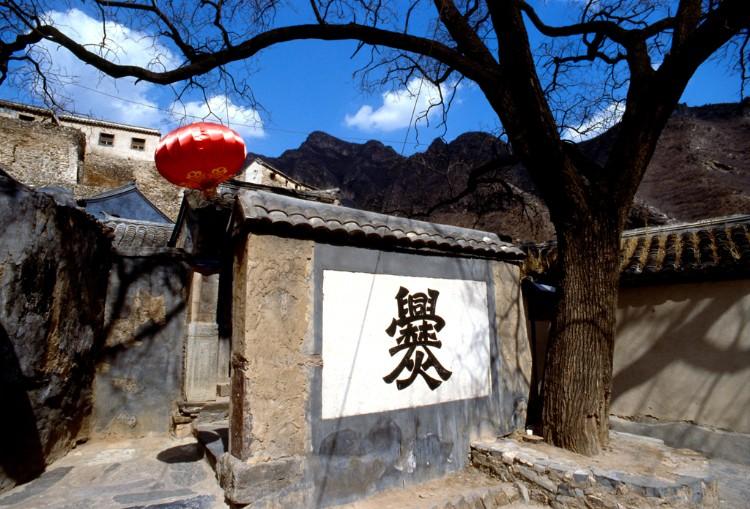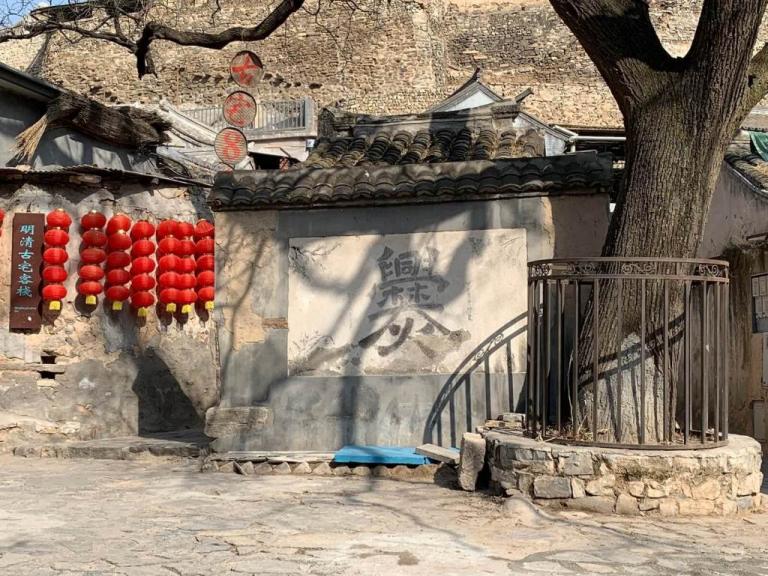A PLACE OF CHARM AND BATTLEMENT,Yanhecheng Village
3 min readHere is an enchanting natural landscape embracing clear rivers meandering amongstgreen mountains; here is a precipitous terrain cradled among a vast range of mountain peaks;and here is an array of watchtowers having once served as battlements. This is Yanhecheng,a formidable military installation constructed during the Ming Dynasty. Today, when theflames of war have been extinguished and the fog of battle has drifted away for good, thisplace remains with only dilapidated ancient city walls, old houses that have survived thetest of time, and its picturesque riverside landscapes.

About a Village
Yanhecheng Village, hidden in the deep mountains of the northwestern part ofMentougou District, under the jurisdiction of Zhaitang Town, is home to more than 300households.
At an altitude of 384 meters, 180,000 square meters are comprised within the village boundaries. Most of the vegetation is made up of brambly shrubs, and there are alsopoplars, elms, willows, and walnut trees.The village, formed during the Jin Dynasty, was originally known as Sancha (ThreeJunctions); so named for its location at the point where several mountain streams merge andflow into the Yongding River. In the shape of a square, the south-facing village is situated inthe north.
In 1578, the sixth year of the reign of Ming Emperor Wanli, Yanhecheng (RiversideCity) Village was formally established. As one of the thoroughfares leading to the dynastycapital, Beijing, Yanhecheng served as a defense hub, where troops were stationed tosafeguard the city against external invaders.That year, Minister Zhang Lu was commissioned here to monitor the construction ofthe frontier fortress and the stationing of troops. The city wall, constructed of bar stones andcobblestones, measured 1,182.3 meters in perimeter, with one side a straight line and theother three formed against the mountain.
The eastern city gate, already damaged, cam’es aninscription meaning “Peace for All;” while the western city gate is still existent, carrying aninscription meaning “Eternal Victory;” hence the name “Gate of Eternal Victory.” The citygates were constructed with bricks and stones, and preserved inside the village is a stonetablet engraved with a writing recording the reconstruction of the city. Dating to 1591, thetablet was originally housed in the Saint Temple, and is now kept in the administrativeoffice of the village. The engraved writing reads: “The country takes Xuanyun as a gatewayand J i as a screen. Yanhe, at the juncture of the two towns, faces Duyi in the east and islinked to the desert far in the west.
The Hunhe River flows majestically through the hinterlandYanhecheng is also wcll-known for the beautiful mountains and rivers, including thewinding Yongding River, which passes by the northern city wall. In the past, as a militaryfortress, Yanhecheng housed government offices, drill grounds, barracks, lookout posts,annories, warehouses, and other military facilities.
A long history has bestowed to the villagenumerous cultural heritage sites, such as city walls, city gates, watchtowers, drama stage,temples, and stone steles.For hundreds of years, Vigor and vitality has not faded from this ancient village, withits distinctive flavors and customs having endured the ups and downs of history.









